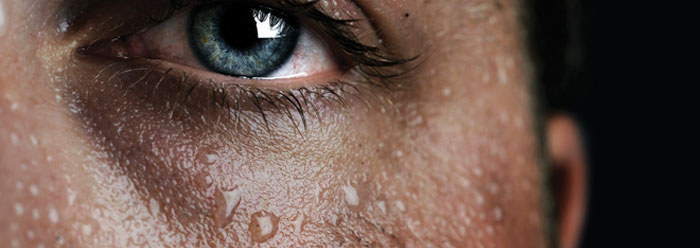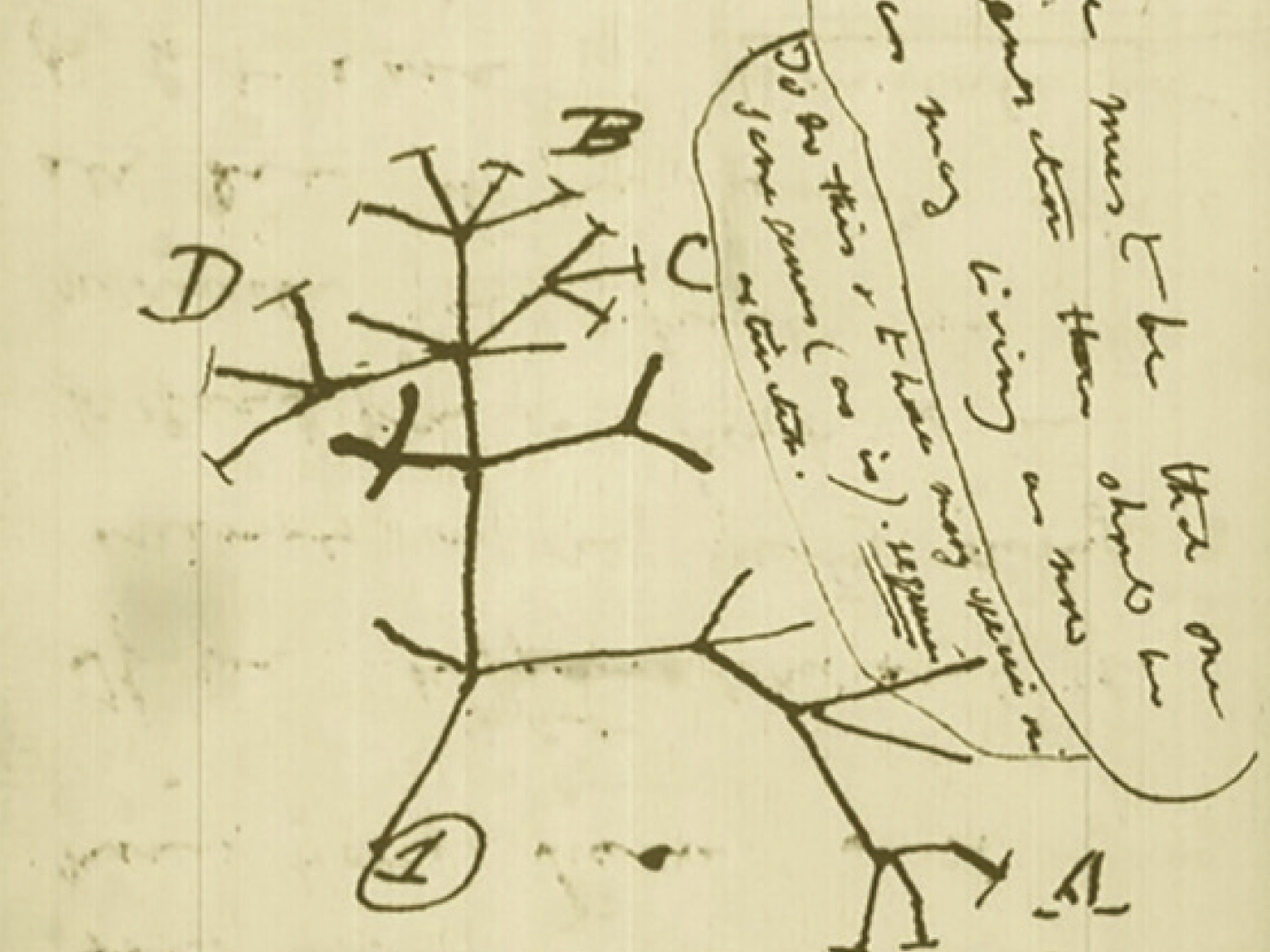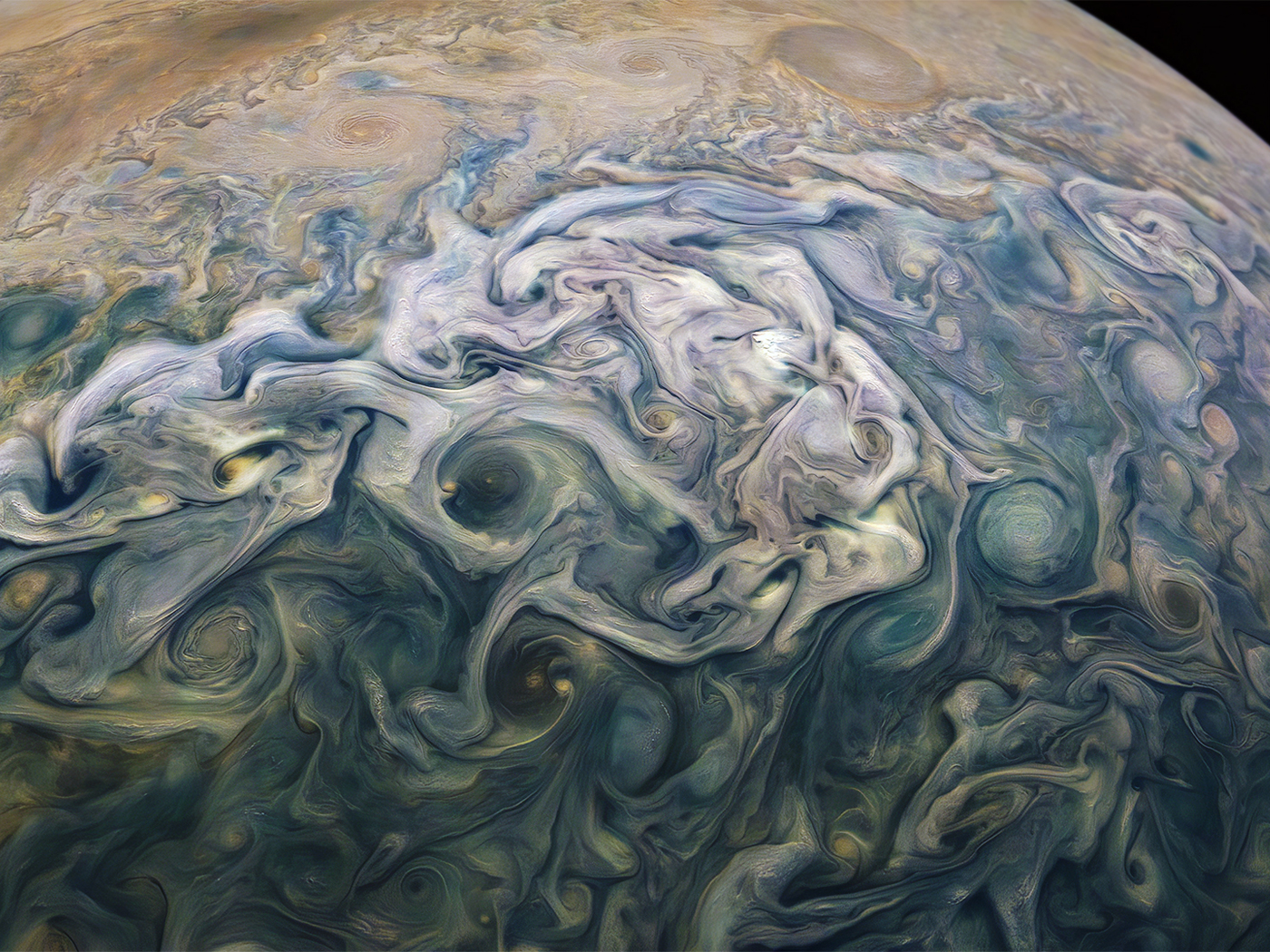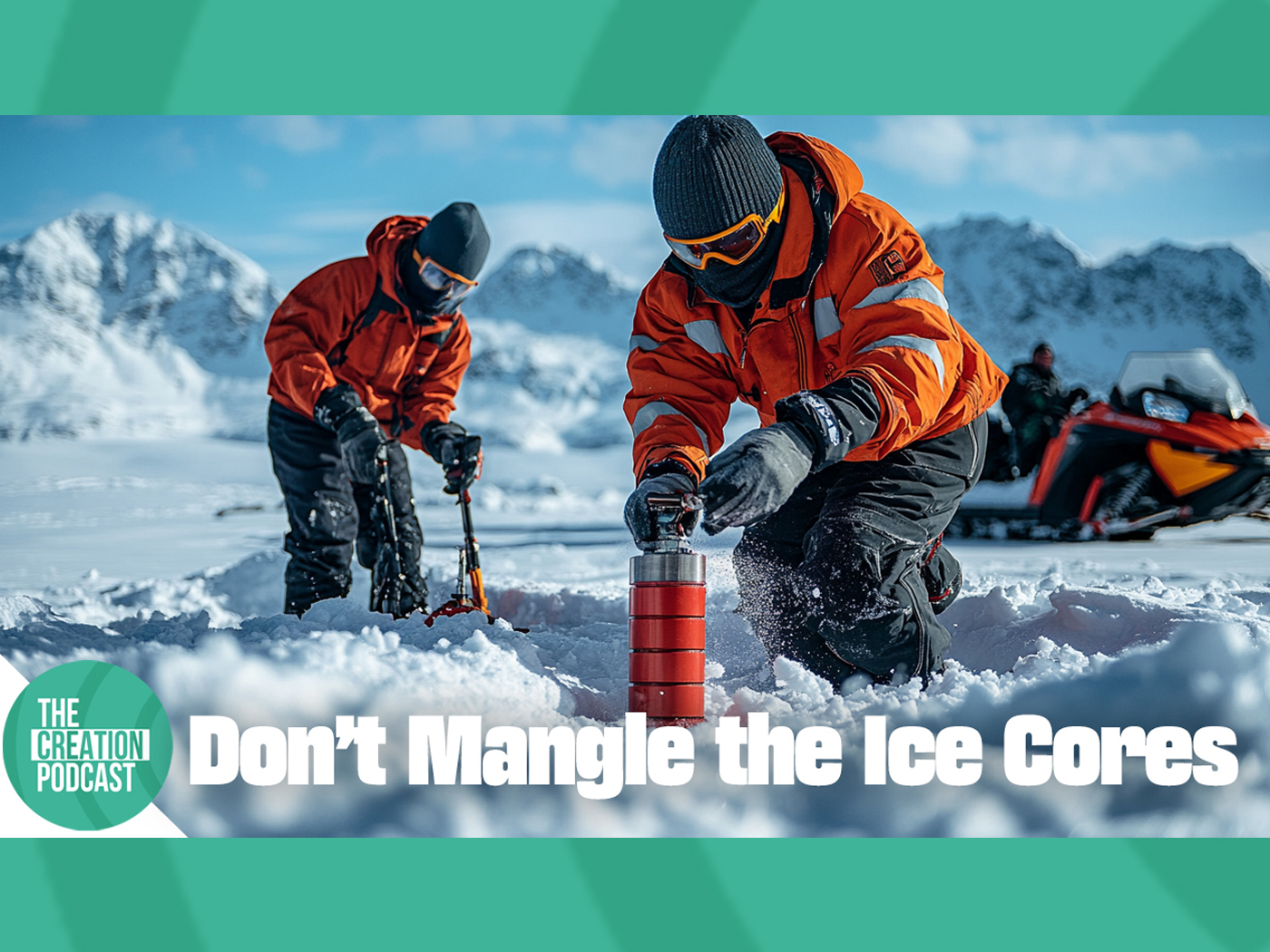A major achievement for design engineers is building precise control mechanisms for active processes. Lives depend on the precision in which certain processes are maintained, such as the manufacture of drugs.
Even more vital to survival is the human body's complex, integrated system that maintains precise control over the body's temperature even when it generates tremendous quantities of internal heat through strenuous activity or is exposed to wide-ranging external temperatures.
Temperature Regulation Is Essential for Life
The organs in the skull, chest, and abdomen are the most temperature-sensitive organs in the human body. Biochemical processes, particularly enzyme activities, within these organs are essential for life and function best in a narrow temperature range of 96 to 101°F, which is called the "core" body temperature range. For most people, average temperature is 98.6°F, which is the "set point" established by the master temperature regulator within the brain--the hypothalamus.
If core body temperature varies by about 10°F above or below this range, it poses a high risk of being lethal. Why? For every 1.8°F increase in the core, crucial chemical reaction rates in organs are deranged and increase by 10 percent. Also, as temperatures rise outside the normal range, proteins--particularly enzymes--start losing both their shape and function, while nerve tissue activity is increasingly depressed. Small children risk going into seizures at about 106°F and most people will be dead if the core reaches 109°F. Conversely, if the core is chilled to below 87°F, electrochemical activity in the heart starts becoming so disrupted that most people will die of cardiac arrest.
It is critical to balance the body temperature within the core range. However, the difficulty of that task cannot be fully appreciated without considering the quantity of heat energy the body needs to manage. How much heat does a person generate? Even while sleeping, with skeletal muscles totally relaxed, heat is still produced as a byproduct of basic metabolism. In fact, about 60 percent of daily energy needs--enough heat to raise the temperature of 20 pounds of water about 2°F every hour--is expended just staying alive.
Now add on activities. For every one hour of hard work or exercise, the heat generated could raise the temperature of the same water almost 20°F--and well-trained athletes can produce almost twice as much heat. An increased level of heat production lasts several hours even after activity ceases. Some engineers assert that offices built to optimal energy efficiency could be heated through the winter using only the body heat of the occupants themselves. Depending on the external environment surrounding a person, this generated heat can be a friend or foe--but it must be precisely regulated.
An Integrated Temperature Regulatory Center
The whole brain helps regulate body temperature, but the main thermoregulatory center is the hypothalamus (located midline in the brain behind the eyes), which possesses two specialized sections: a heat-losing center and a heat-promoting center. Just like in man-made systems designed to modulate temperature, a means of sensing the actual temperatures must be in place. The body has two distinct specialized cells--heat sensors and cold sensors called "thermoreceptors"--that are capable of detecting a temperature change as low as 0.4°F. To keep surveillance on the outside world, hundreds of thermoreceptors are optimally located in the skin, mucous membranes of the nose and mouth, the eyes, and in some muscles.
Sensors send impulses to the brain depending on both how fast and how much the temperature changes--as many as 240 impulses per second for each receptor. Data from these sensors is kept organized by being segregated from other input sent to the brain via exclusive pathways in the nervous system.
The data is continuously analyzed by the hypothalamus and converted to information that is compared to a preset bank of information that was present from birth. This allows the hypothalamus to anticipate external temperature changes that may affect core temperature and begin processes to adjust body temperature accordingly. The actual core temperature is monitored by the hypothalamus itself using thermoreceptors that measure the temperature of blood within this core organ.
Eliminating Excess Heat
The heat-losing center and heat-promoting center each have body systems under its control that can be regulated to keep heat production equal to heat loss. When one center is stimulated, a concurrent inhibitory signal is sent to the other. So when it is hot outside or increased physical exertion raises the body temperature above the set point, the activated heat-losing center first inhibits the signal to tiny muscle fibers lining blood vessels in the skin. This decreases muscle tone, allowing the vessels to dilate and become flush with warm blood shunted away from the core. The skin acts as a giant radiator that offloads body heat to air currents that carry it away, directly transfers it to cooler objects, or radiates it away as electromagnetic energy.
Using body heat to convert liquid water to a vapor is used continuously to maintain the core. The lungs and the skin each exchange almost a half a quart of water per day to cool the body just for basic needs. When a large heat transfer is needed, sweat glands on the skin can be massively recruited to cover the skin in very tiny droplets that can be easily evaporated. This method works best, because evaporating water removes up to ten times more heat than water that simply runs off in large drops from the skin. When heat-stressed, a person could potentially evaporate off up to two quarts of sweat per hour from the skin.
Maintaining Necessary Heat
When cold conditions threaten to lower the core temperature, the heat-promoting center initiates actions to conserve the heat that is made and produce more heat if it is needed. First, a signal is sent to the muscle fibers around the blood vessels in the skin to constrict and decrease flow. This reduces a large amount of heat loss and warm blood is kept in the deep body areas. Skin temperature begins to approach that of the external environment.
If more heat is needed, internal metabolic rates are increased. A rapid increase in cellular metabolism is begun when the hypothalamus sends a nerve signal to the adrenal glands, which sit on top of the kidneys. A quick infusion of hormones from these glands, commonly called "adrenaline," increases cellular "burning" of sugars to make heat. A slower process is started when the thyroid gland is stimulated with a subsequent release of thyroid hormone to increase overall metabolism.
Heat can be produced rapidly through an increase in muscle tone. By sending the right neurological signals, the muscle fibers rapidly pull against each another in an involuntary repetitive cycle known as shivering. In just a few minutes this process can raise the heat production rate to over four times the normal rate.
Conclusion
Incredibly, all of these processes working together keep a person's core temperature within 2°F of the set point over a 24-hour period. People groups also have some innate genetic capability to adapt over several generations to different climates through selection of variable traits such as basic metabolism, skin color, subcutaneous fat thickness, and behavior modification.
The information for these traits and all of the thermoregulatory process could never have been built up gradually through some long evolutionary route of trial and error. For survival's sake, thermoregulation has to be 100 percent in place and functioning. This process incorporates nearly every system in the body--which themselves have to be fully functional. The Lord Jesus' understanding of the human body He created and the magnificent complexities of His design are truly beyond description!
* Dr. Guliuzza is National Representative at the Institute for Creation Research.
Cite this article: Guliuzza, R. J. 2009. Made in His Image: Balancing Body Temperature. Acts & Facts. 38 (4): 8.





















